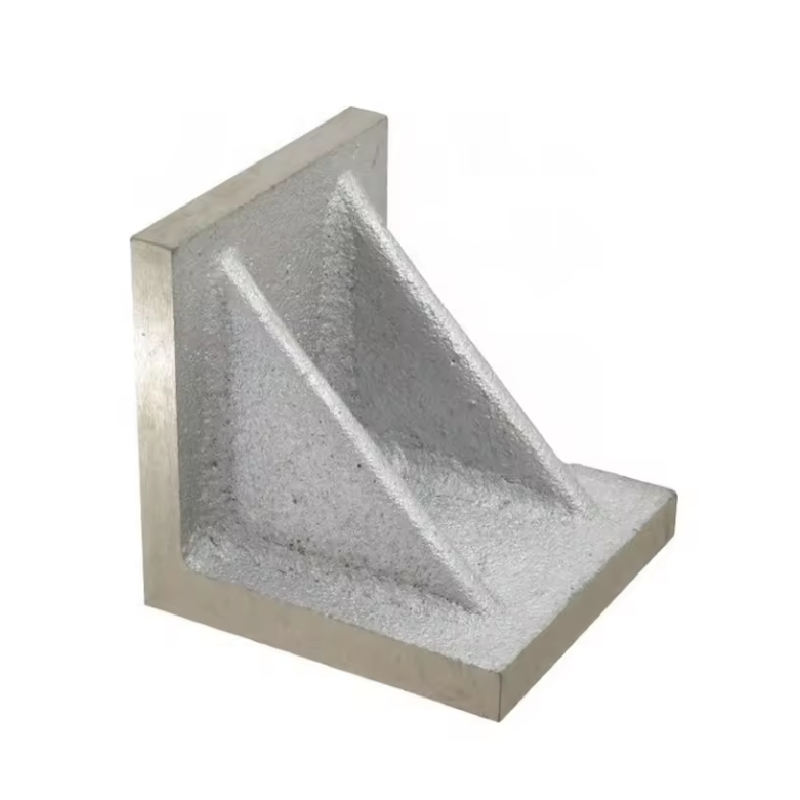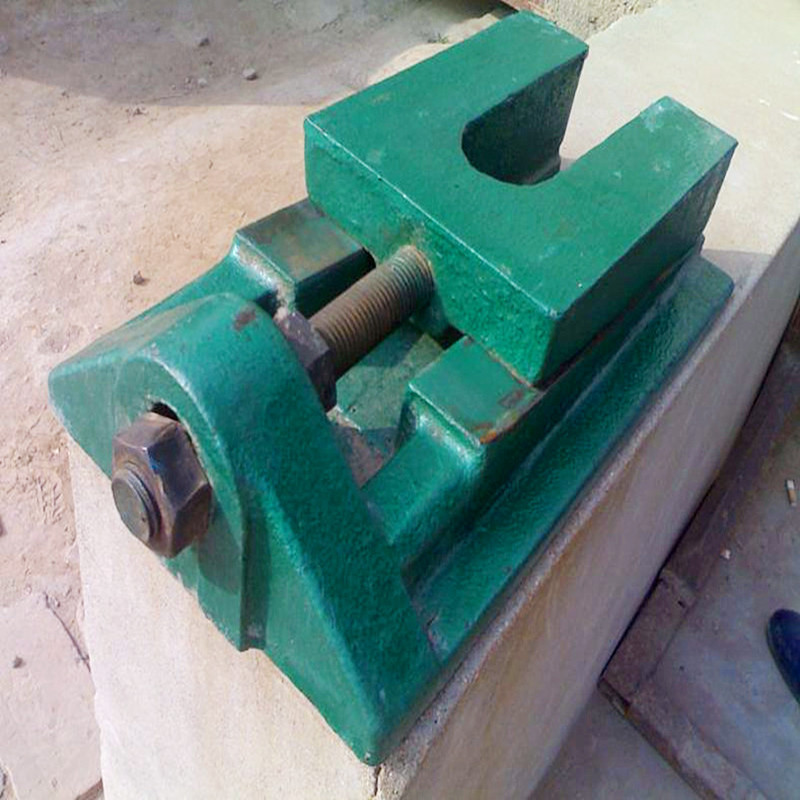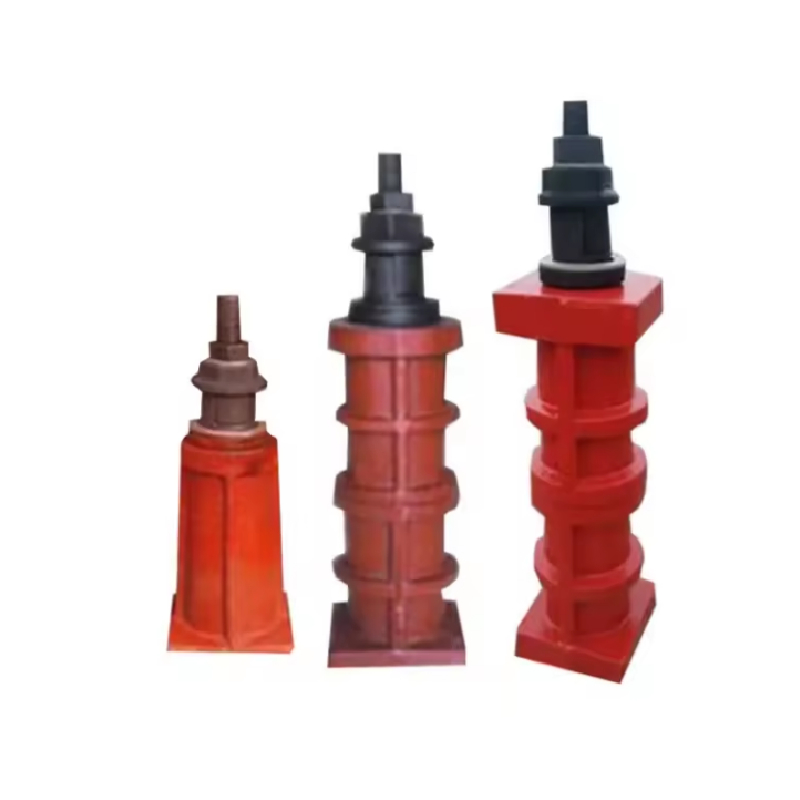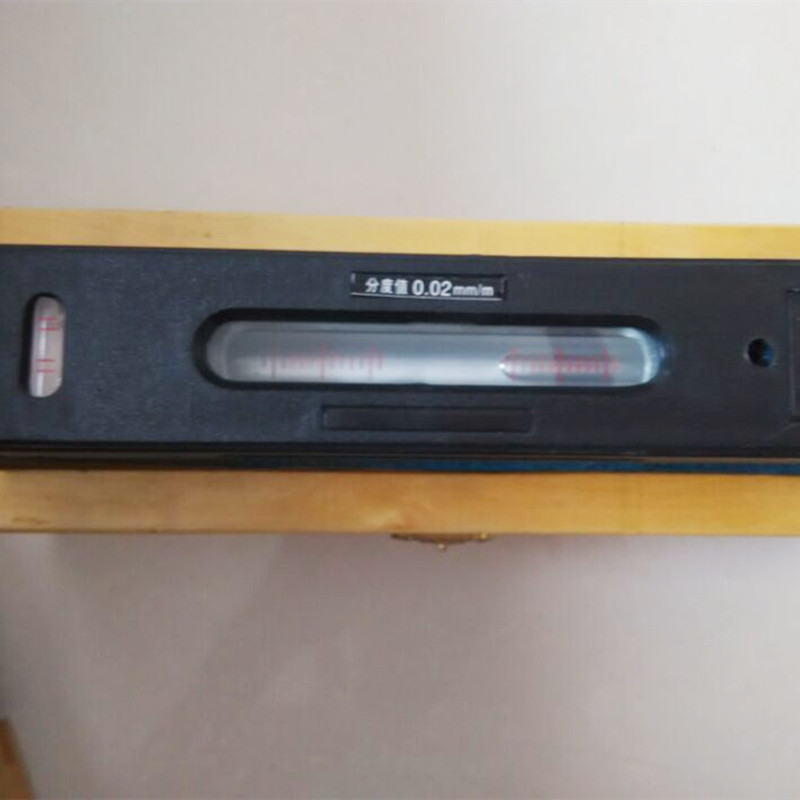Nov . 21, 2024 17:47 Back to list
backflow check valve
Understanding Backflow Check Valves Importance and Functionality
In the realm of fluid dynamics and plumbing systems, maintaining a smooth and uninterrupted flow of liquids is essential. One of the critical components that help achieve this objective is the backflow check valve. Backflow check valves are designed to ensure that fluid flows in only one direction, preventing any potential backflow that could cause contamination or damage to plumbing systems. This article delves into the importance, functionality, and applications of backflow check valves.
What is a Backflow Check Valve?
A backflow check valve is a mechanical device installed in piping systems that allows liquid to flow in a predetermined direction while preventing reverse flow. This function is crucial in various applications, including municipal water supplies, irrigation systems, and industrial processes. By using a backflow check valve, systems can avoid problems associated with backflow, such as siphoning, contamination of clean water supply, and potential damage to equipment.
How Does a Backflow Check Valve Work?
The functionality of a backflow check valve is based on simple mechanical principles. Most check valves use a ball or disk mechanism that only opens in the direction of flow. When fluid moves through the valve in the correct direction, the movement pushes the ball or disk off its seat, allowing fluid to pass. However, if there’s a drop in pressure or a reverse flow attempt, gravity or spring action pushes the element back onto its seat, effectively sealing off the valve and preventing backflow.
Several types of check valves exist, including swing check valves, lift check valves, and diaphragm check valves. Each type has specific designs suitable for particular applications, and selecting the right type is essential for optimal performance.
Importance of Backflow Prevention
Preventing backflow is crucial for several reasons
1. Water Quality One of the most critical reasons for backflow prevention is protecting drinking water quality. Contaminants can enter the potable water supply from various sources—irrigation systems, industrial processes, or even sewage systems—if backflow occurs.
2. System Integrity Backflow can cause significant pressure changes and turbulence within a system, leading to potential damage or failure of pumps, pipes, and other equipment.
backflow check valve
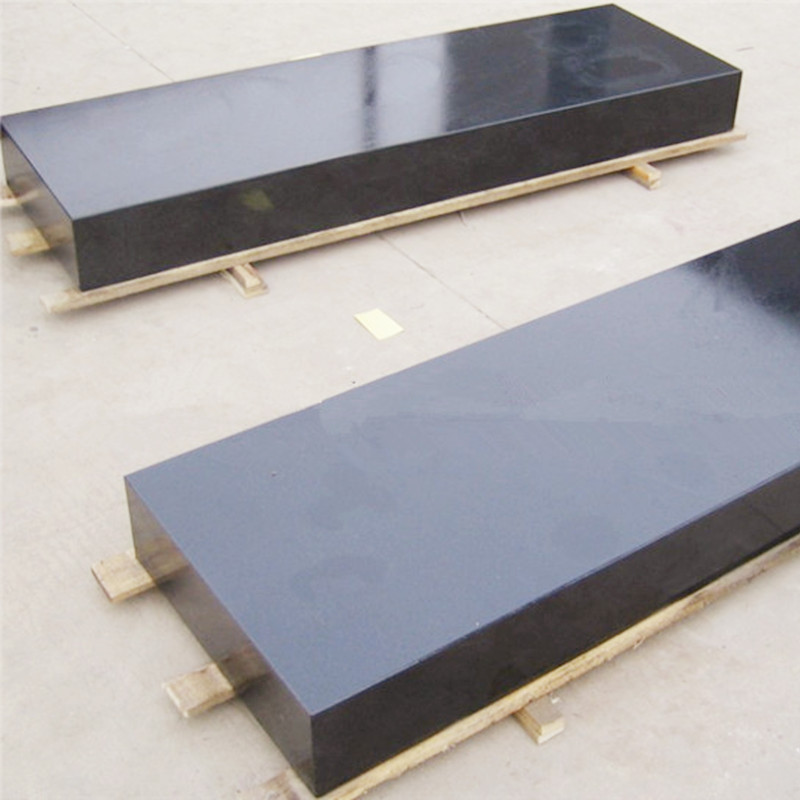
3. Regulatory Compliance Many regions have stringent regulations regarding backflow prevention, particularly in residential and commercial properties. Installing backflow check valves helps ensure compliance with local health and safety codes.
4. Cost-Effectiveness By preventing backflow, organizations can avoid costly repairs and replacements of damaged equipment. Moreover, maintaining water quality prevents the expenses associated with treating contaminated water.
Applications of Backflow Check Valves
Backflow check valves are used in various industries and applications
- Municipal Water Systems Check valves are vital in municipal water systems to ensure that the water supply remains uncontaminated, safeguarding public health.
- Irrigation Systems In agriculture, backflow check valves protect the clean water supply from fertilizers and pesticides that might otherwise flow back into the system.
- Industrial Applications Many industries use check valves to protect their water supplies from contamination and to ensure the efficient operation of processes that require specific fluid dynamics.
- Wastewater Management These valves are also used in wastewater systems to prevent the backflow of wastewater into treatment plants or residential areas, thus preventing environmental hazards.
Conclusion
Backflow check valves play an essential role in maintaining the safety and integrity of fluid systems. By ensuring that flow occurs in only one direction, they help protect water quality and prevent system damage, making them indispensable in various applications. Whether in municipal water treatment, agricultural irrigation, or industrial processes, the need for reliable backflow prevention cannot be overstated. Investing in high-quality check valves and ensuring their proper installation and maintenance is crucial for any organization seeking to uphold safety standards and protect their infrastructure.
-
Welding Table Cast Iron Surface Finish GuideNewsJul.01,2025
-
Valve Types for Industrial ApplicationsNewsJul.01,2025
-
Types of Strainer for Industrial ApplicationsNewsJul.01,2025
-
Types of Bore Gauge for Precision MachiningNewsJul.01,2025
-
Safety Standards in Welding Fabrication Table Manufacturing ProcessesNewsJun.30,2025
-
Impact of Temperature Fluctuations on Ring Gauge AccuracyNewsJun.30,2025
Related PRODUCTS



